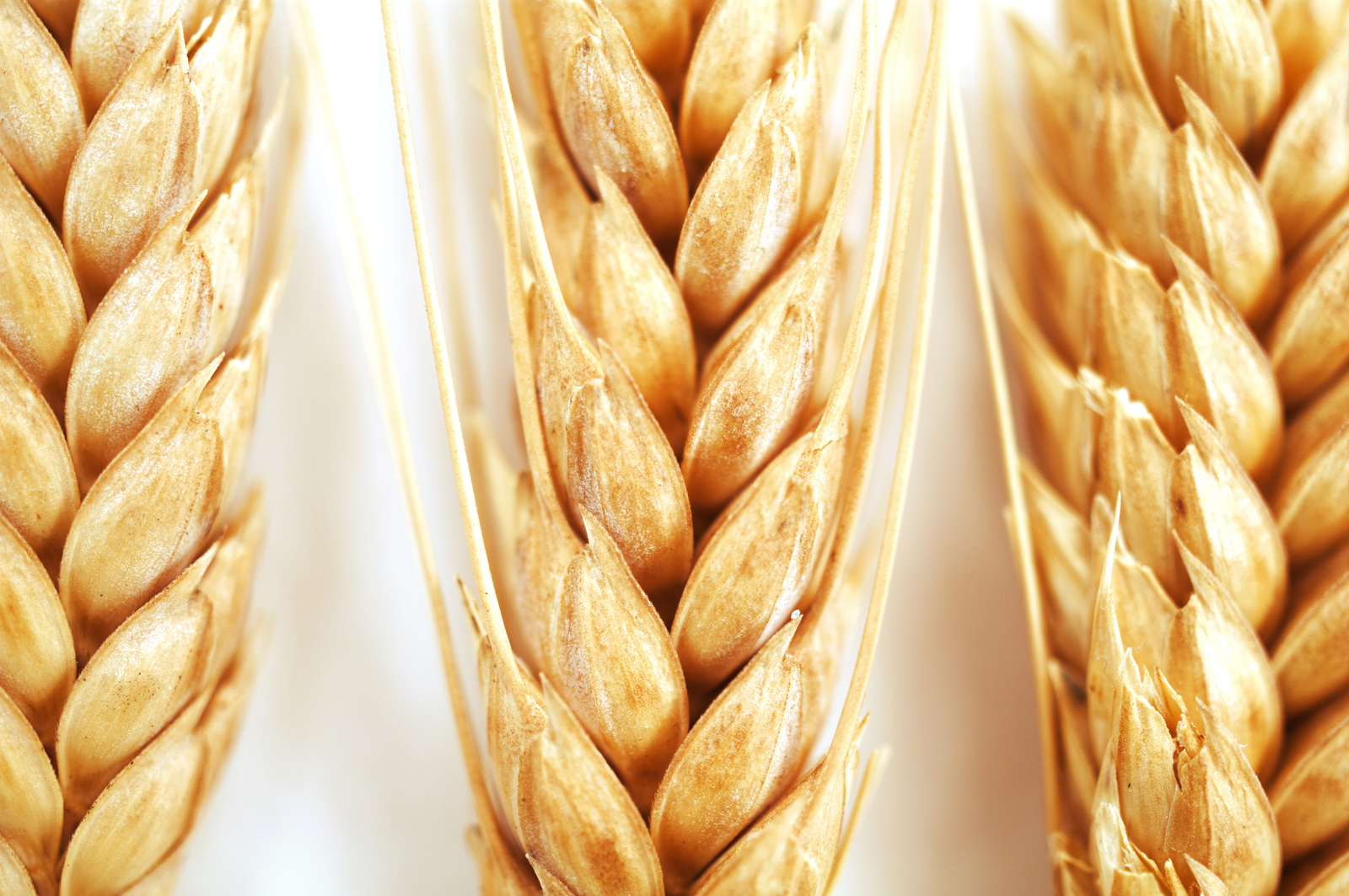NSP variability found in wheat for poultry feed

Wheat, used for animal feed, can vary considerably in NSP content, as shown by Belgium research.
In Europe, wheat is commonly used in broiler diets. The chemical composition and energy value of wheat can vary considerably between different wheat cultivars or due to different growing and post-harvest storage conditions.
The current study assessed the chemical composition in 153 batches of wheat used for poultry feeds from 15 European countries over 5 years of harvest. The wheat batches were obtained from commercial feed mills over the European continent: Belgium (35), Germany (21), Russia (18), Norway (14), UK (13), France (10), Italy (9), Poland (8), Czech Republic (8), Ireland (5), Portugal (4), Sweden (3), Austria (2), Hungary (2) and Denmark (1). The samples were collected over 5 years of harvest: 2009 (9), 2010 (52), 2011 (70), 2012 (16), 2013 (6). Wheat samples were received from the feed mills throughout the year and were analysed within one month following receipt. Extra information regarding wheat cultivar, growing conditions or storage conditions at the feed mills was not available.
NSP ranges found
The non-starch polysaccharide (NSP)-composition, the concentration of starch and protein and the extract viscosity were analysed. The concentration of starch and protein ranged between 558 and 680 g/kg dry matter (DM) and 92 and 173 g/kg DM respectively. The concentration of water-extractable (WE) and water-unextractable (WU) NSP ranged between 8.7 and 18.3 and 58.1 and 99.6 g/kg DM respectively. The variation was the largest in the WE fraction of the NSP (CV 14.3%). The concentration of WE-NSP was positively correlated with extract viscosity (r = 0.46; P < 0.001) and this was caused by the we-arabinoxylan fraction (r=" 0.59;" p >< 0.001) in particular.>
In accordance with previous research
In general, the variations in chemical composition reported here are in accordance with the data described by other researchers for individual countries in Europe. By including wheat samples from 15 different European countries over five different years of harvest no larger ranges were observed. Nevertheless, the present study confirms the wide variability in wheat NSP in European wheats used for broiler diets, even when one single method was used. This variability in NSP can affect the nutritional value of wheat as observed by several researchers and should be considered in the practice of feed formulation.
The full study has been published in the Journal of Animal Feed Science and Technology and can be read here.











